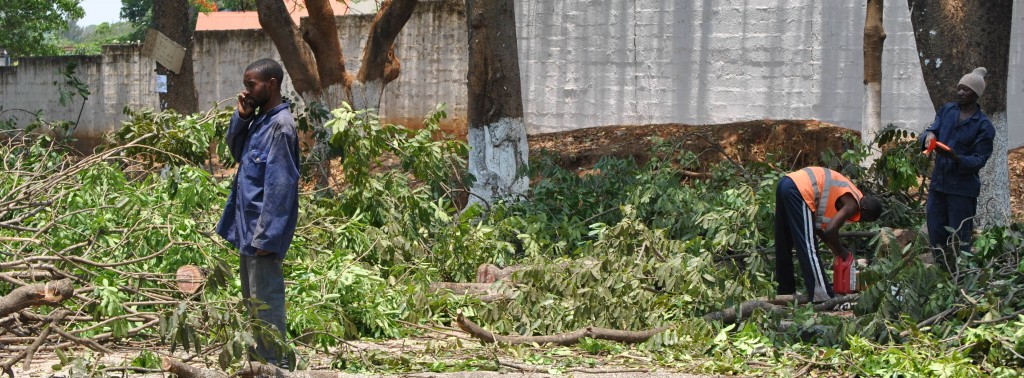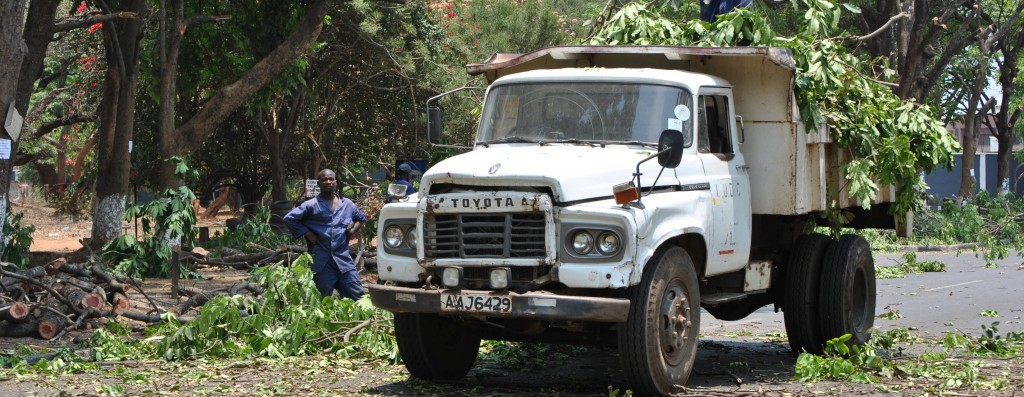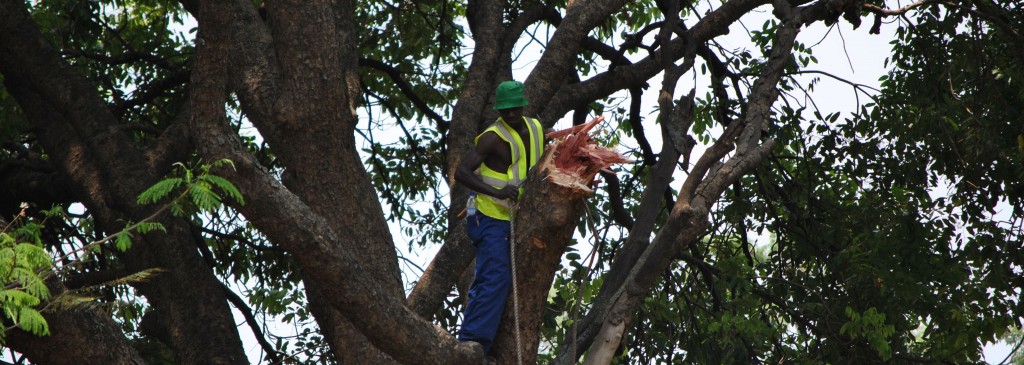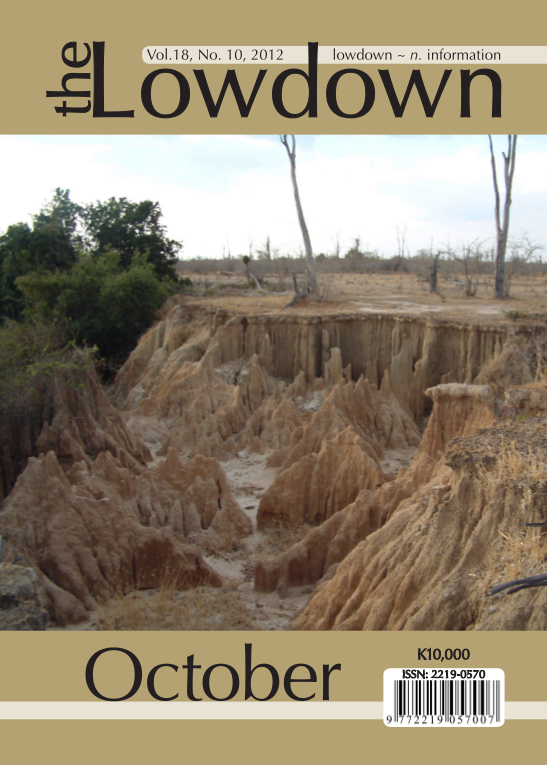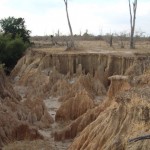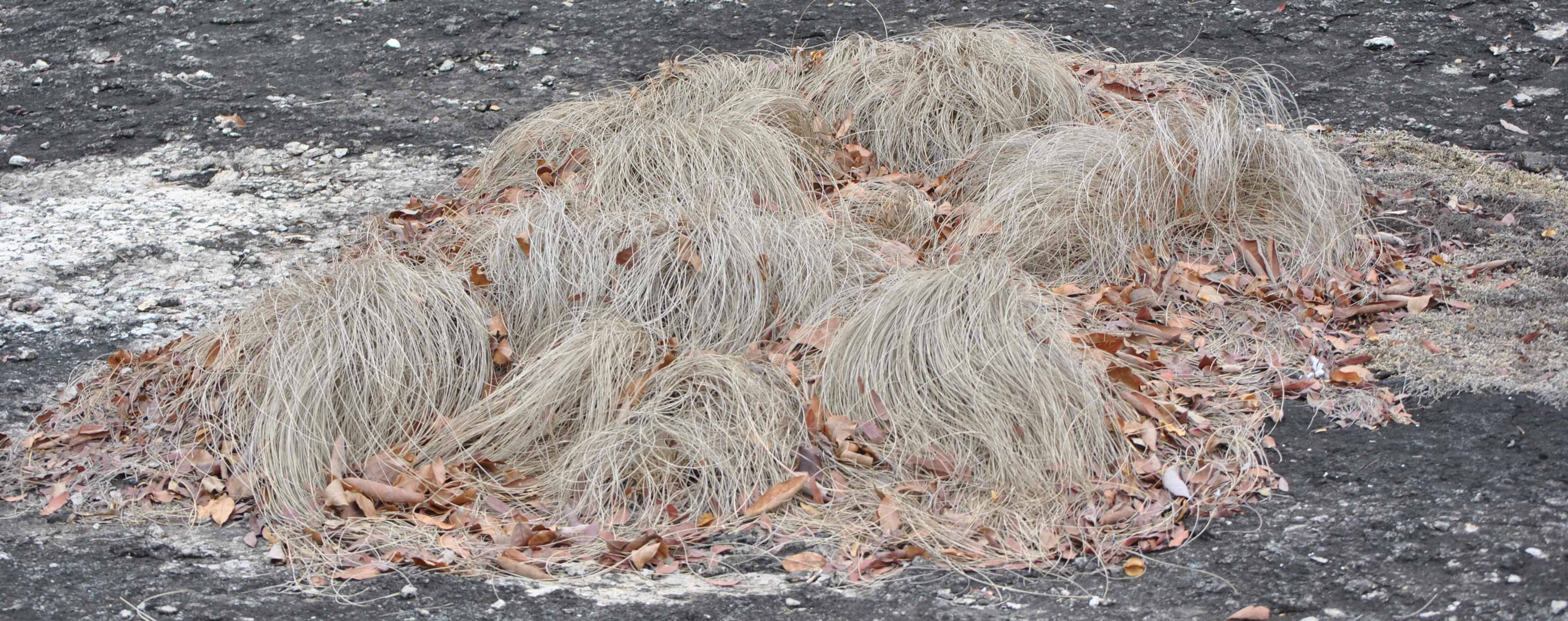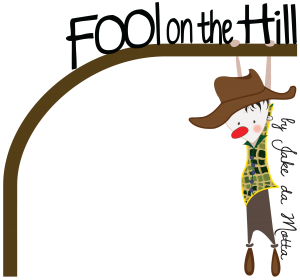 For those travelling to or through Lusaka, the question of where to stay is quite a pertinent one, especially if the costs are not being met by a company or organisation. Accommodation other than the standard large hotels is often not particularly well advertised and one has to rely on the recommendations of friends and fellow travellers. Like most large cities, particularly in Africa, Lusaka can be a nightmare to get around and so choosing the right place to stay in the right area is also important.
For those travelling to or through Lusaka, the question of where to stay is quite a pertinent one, especially if the costs are not being met by a company or organisation. Accommodation other than the standard large hotels is often not particularly well advertised and one has to rely on the recommendations of friends and fellow travellers. Like most large cities, particularly in Africa, Lusaka can be a nightmare to get around and so choosing the right place to stay in the right area is also important.
Fringilla
Fringilla is the perfect stop for those travelling through Lusaka on their way to the Copperbelt or up the Great North Road and who don’t wish to stop in the capital itself. Just off the main road, it is a welcome break for many a weary traveller, set in cool green surrounds. Accommodation is very reasonably priced – a chalet with one double and one three-quarter bed costs K350,000 – and so is the food; a three course buffet meal with tea/coffee will set you back K70,000. The food is not five-star, but it’s quite acceptable and the menu varies every evening. There is a large playground for the children to lose themselves in and the owners are very friendly; they go out of their way to make sure you have a pleasant stay and are the kind of people who remember you on a second visit.
The only drawback to staying at Fringilla is the number of conferences they host. Be sure you get into the dining room early if you see there are at least another eighty guests there (especially if they aren’t paying their own bills!) If you are travelling towards Lusaka, you will probably need to plan what time to leave the next day. The last thing you want to do is leave early and then sit in traffic for the next hour.
Fringilla can be contacted on Tel: 0211 213-885 or 0211 214-364 or email fringillalodge@gmail.com
Adam’s Croft
For those needing or wanting to be right in the middle of Lusaka, there is probably no better place to stay than Adam’s Croft. Situated in Kalundu area, between Arcades and UNZA, this is an ideal place to stay if you want to be near the big shopping malls and all they have to offer.
Adam’s Croft is a family-run business with the owners living on site. One is guaranteed a friendly welcome at all times and all is done to ensure that your stay is as comfortable as possible. The beds are incredibly comfortable and the rooms are well furnished. Although there are no dining facilities, each room is equipped with at least a microwave, fridge and kettle; some of the bigger rooms and suites have a cooker as well. If you don’t want to cook your own food, you are so near to Arcades and Manda Hill that it is possible to pop out for a pizza or a curry or bring back a take away to reheat. Despite being slightly more expensive than the average lodge, the extra cost is well worth it. Room rates start at K350,000 per night.
Accommodation includes en suite bathroom facilities and DSTV. Although there are no gardens as such like Fringilla, there is a swimming pool in which to cool off, something which is more than welcome after a long day’s journey! For many, the quiet and comfort of the rooms is what makes staying here a superior choice over your usual bog-standard big and impersonal hotel, and some of the guests are long-term. Adam also offers transfers to and from the airport and you may leave your car here while you are away.
Adam’s Croft can be contacted on Tel: 0975 764-463 or 0211 291-014 or Email adams-croft@live.com,
Eureka
Eureka is ideally placed for an early start down to the Zambezi, Livingstone or the border with Zimbabwe. Those travelling southwards can spend some time in Lusaka and then escape the traffic and chaos of the capital city. For those travelling in the opposite direction, it provides a welcome stop if you don’t quite have the energy or enthusiasm for facing Lusaka until the next day!
Although situated just off the main road, you would be excused for thinking you are in the middle of the bush as game such as zebra and impala are often present, especially at sunrise and sunset. A variety of accommodation is available: en suite chalets, which are the most expensive, smaller A-frame chalets with shared ablution facilities, and a campsite. There is a swimming pool and there is also a bar area with television. The kind of people who stop here tend to be tourists and most of them stay just a night and while you might find the sight of an overland truck spilling over with twenty adventure-hungry tourists a rather intimidating one, it’s actually very quiet at night.
Although pleasantly situated and serviced by friendly staff, the main drawback to Eureka is the food available. Unless you have come fully equipped to cook your own meal, you will have very little choice but to choose something from the bar menu as there is nowhere else around to buy food. The menu offers little in the way of actual meals, tending to focus on light snacks such as steak rolls and toasted sandwiches, which may not be quite what you want at the end of a long drive.
Eureka can be contacted onTel: 0211 278-110
A good many places have sprung up recently which offer bed and breakfast facilities. Not all of these are bona fide establishments and it’s always a good idea to see a room before you agree to take it. Find out what facilities they offer and whether the price includes breakfast or not. Whatever you do, make sure you don’t book into what is essentially a drinking establishment where you will be kept awake the whole night by drunken patrons and loud music.





